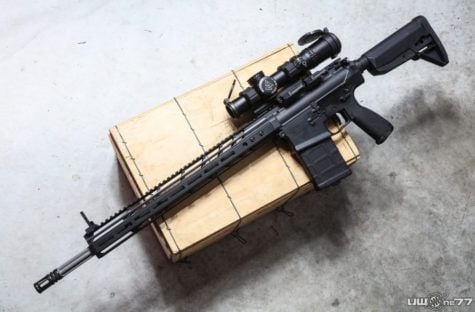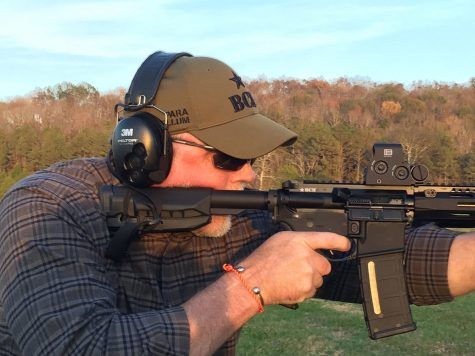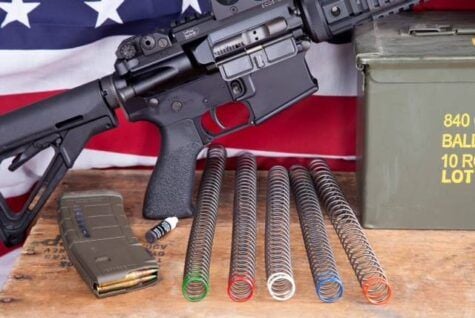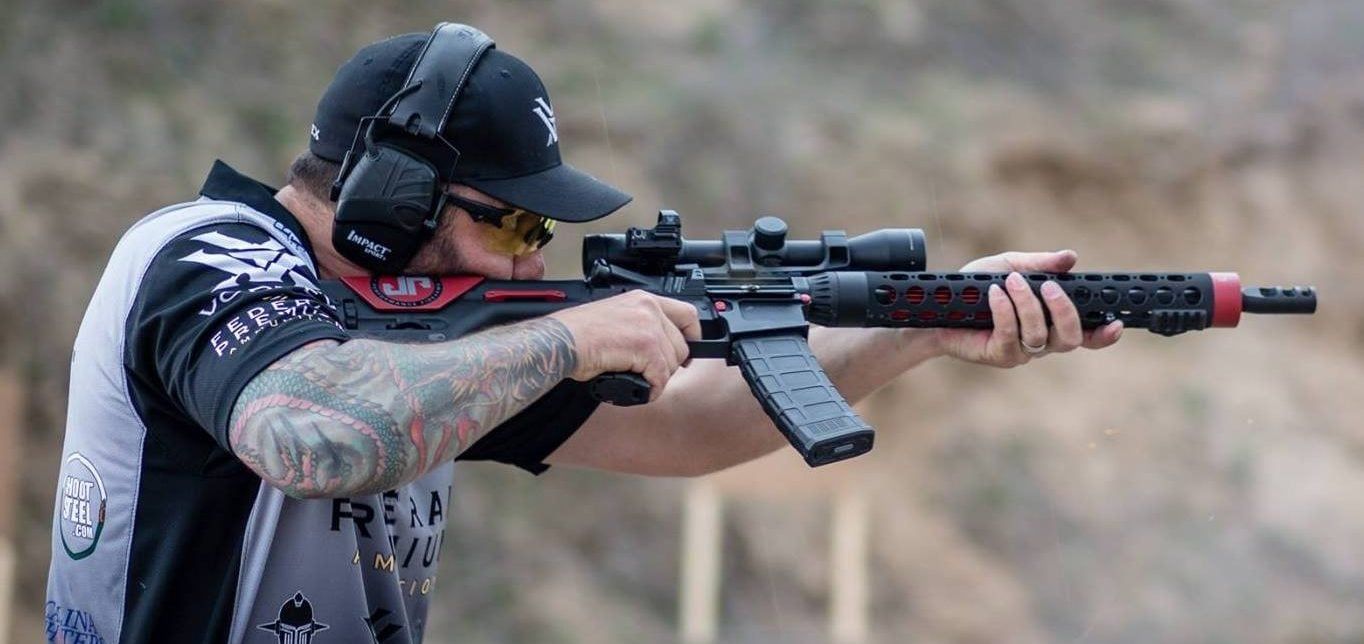
Competition AR-15 basics? We recently spoke with champion competitive shooter Josh Froelich about 9mm PPC basics, and in the time since that article was published, Josh repeated as the 2018 3-Gun Nation National Champion. We thought it would be nice to reach back out and have him walk us through the basics of the competition AR-15.
Q: Josh, before we start, you’ve had an eventful few weeks since we last spoke. Can you fill our readers in on what you’ve been up to?
In the last two months, I’ve competed in two major matches. One with PCC. In that match, I ended up coming up a little short. I ended up about one percent behind Max Leograndis in a USPSA PCC match, so congrats to Max on that.
Three weeks later, I went to the 3-Gun Nation National Championship and I was able to land the win there. It’s pretty exciting. I won it in 2017…so, I was going down there to defend the first national championship that I had ever won. There was a little bit of added pressure, but I was pretty pumped to get the win.
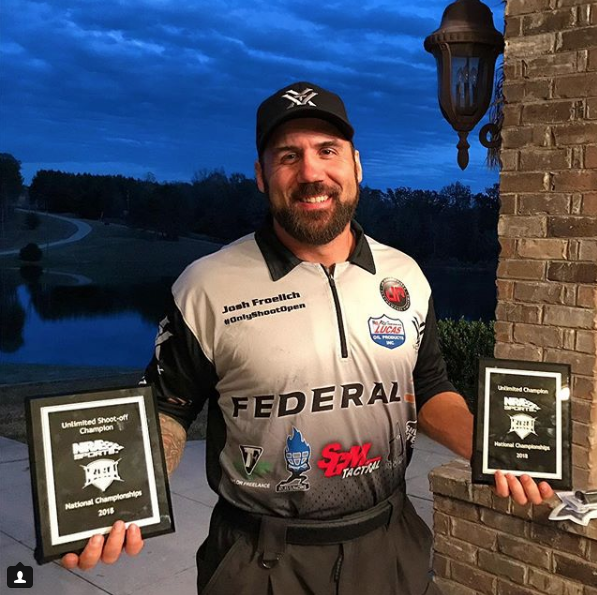
Q: We get a lot of questions from builders about what the ideal competition AR-15 looks like. From everything I’ve gathered, it seems there are a few different configurations you can go with. Can you explain?
Much like anything in life, there are a few schools of thought on how to set up a competition AR-15 for 3-gun or for carbine matches. What it comes down to is, first figure out what you want to shoot.
So, if you want to spend a bunch of time and energy with organizations like 3-Gun Nation or UML, you need to know that they spend most of their time in bays. It’s within 100 yards with lots of off-hand rifle shooting. You’ll see a lot of unsupported, standing rifle shooting at small targets at about 100 yards, and there will quick transitions back and forth.
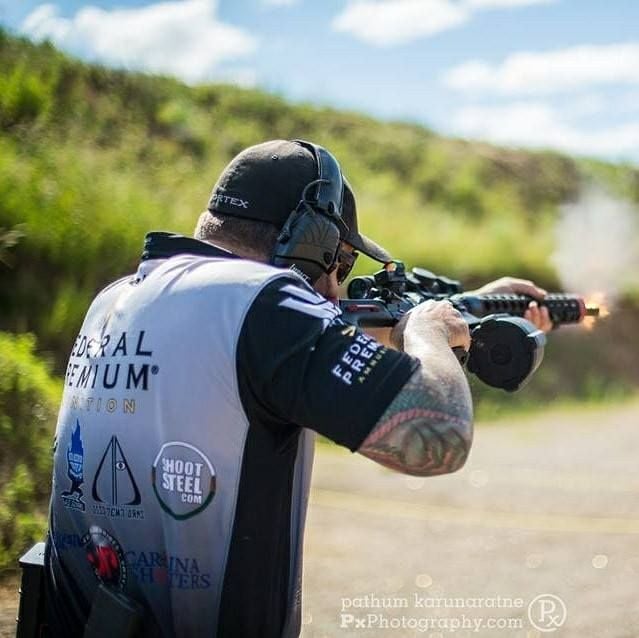
Lightweight 14.5″-16″ Competition AR-15
In that style of 3-gun, we see lots of individuals run 14.5” pinned 5.56 guns that are really light and swing really fast. This length gun is just great for that game. However, they lose a bit of effectiveness when you bring it out to one of the more traditional outlaw matches or long range matches. Those matches will have you pushing those guns out to 600 yards…sometimes further. At this distance, you’ll lose velocity, you have more bullet drop and the wind pushes your round around a little bit more when it’s not moving so fast.
18″ Competition AR-15
The other school of thought with a competition AR-15 is a longer gun. The guys who run a lot of matches that have tons of long range…they run an 18” gun to get the most velocity out of the cartridge. Now, they want it to still swing pretty when they are transitioning between targets, but they really don’t care as much about weight. The slightly heavier gun also moves a little less and allows you to have faster follow-up shots.
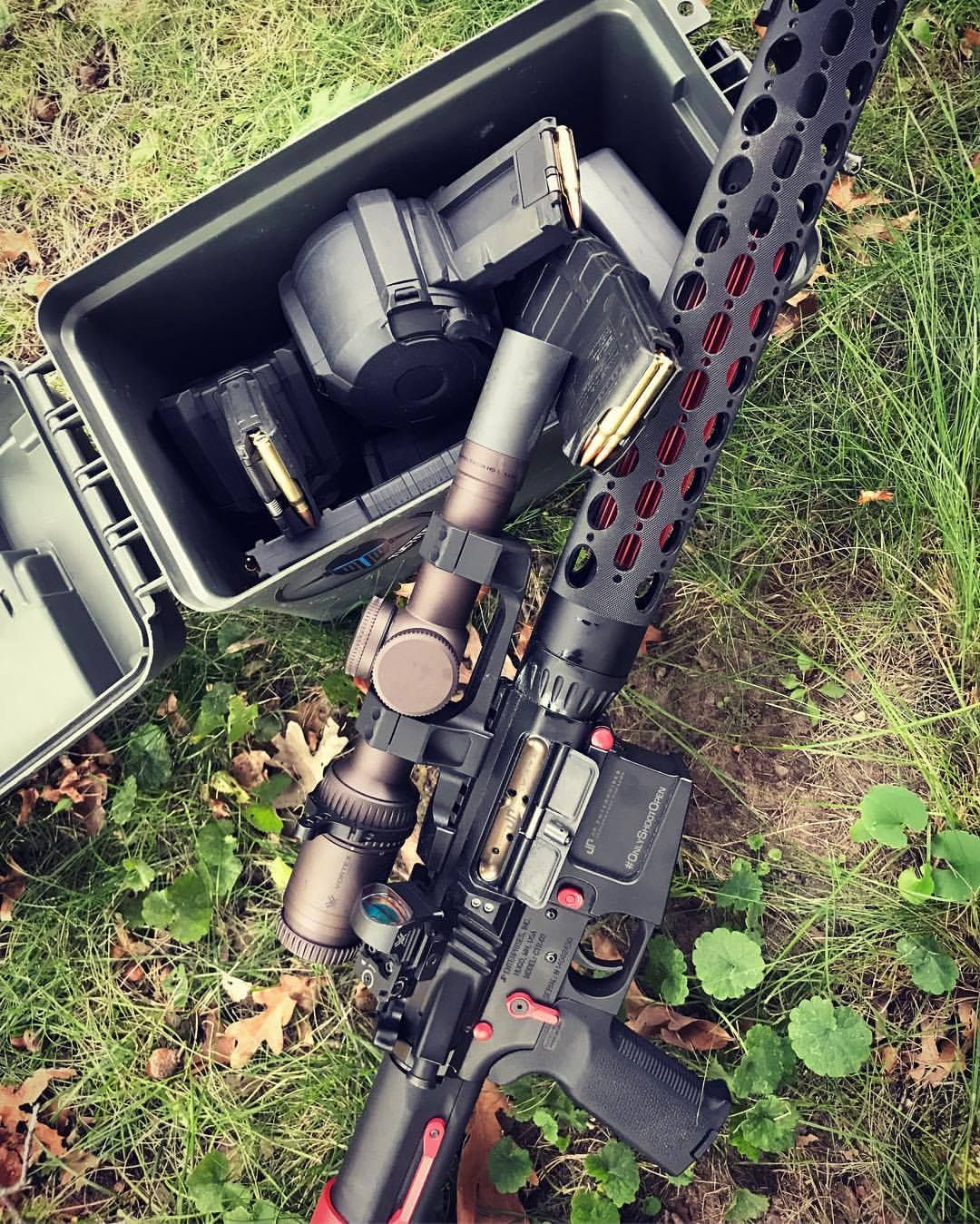
So typically, its one or the other. You’re running a shorty 14.5” maybe a 16” with a short compensator that’s really light on the end…or like myself, you’re running an 18” gun and you don’t really care about weight. Again, a lot of that is based on the type of matches you shoot, as well as your physical build. I’m 6’1, 230…I have no problem swinging around my rifle, which is like 12 pounds, unloaded. That’s no issue for me, whereas some of the smaller guys might have a little trouble with that. It just comes down to preference and the type of matches you participate in.
Q: When I watch a match, the lack of recoil on these guns never ceases to impress. Is this the shooter’s skill at mitigating recoil or are these guns really shooting that flat?
The gun certainly shoots flat. This is not an M4 with a flash hider. We’re running crazy effective brakes. I run a JP Recoil Eliminator. It looks like a tank brake and it just crushes recoil. It basically eliminates it. It’s only legal in Open Division because of its effectiveness.
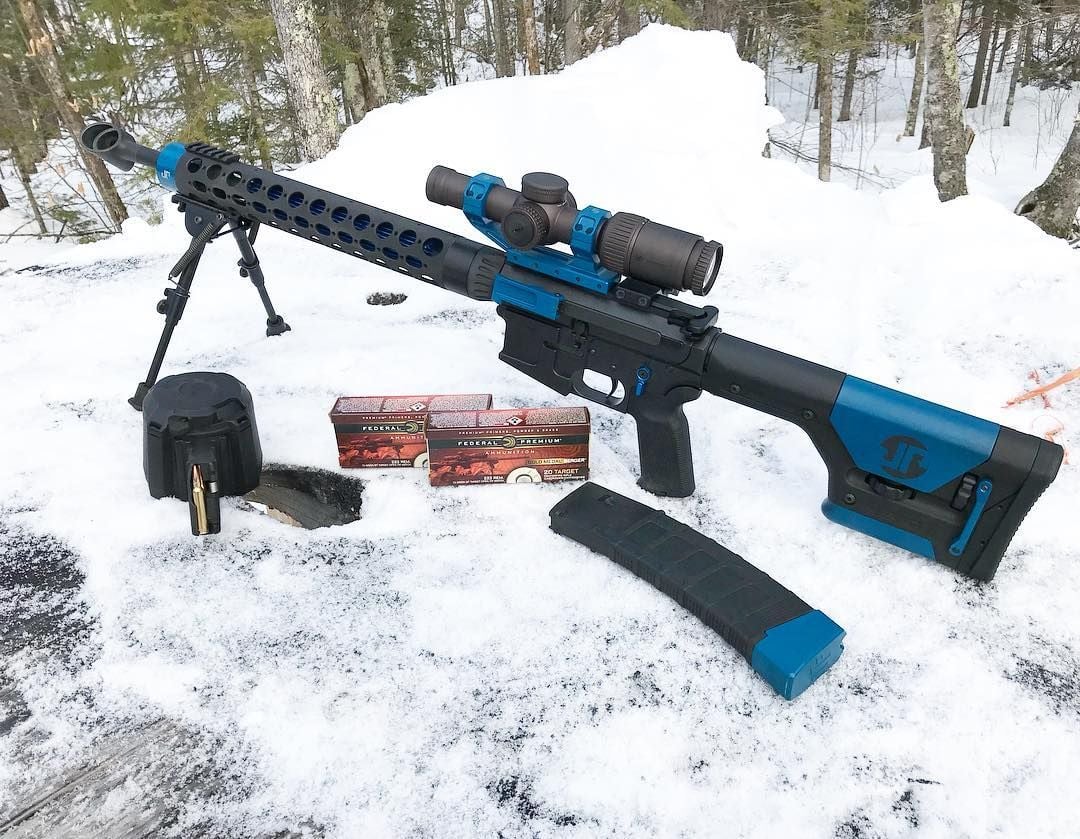
We are also able to turn the gas way down because most of us are using low mass or ultra-low mass carrier groups. They are super light…and then we pair that with a silent capture spring setup that’s dialed in very light. So, you get a gas system tuned with the carrier, along with the right buffer system…and that operating system weight is just so low that there’s not much moving around in there. Because of all that, the gun shoots pretty darn flat.
Q: Is there a potential to make a competition AR-15 unreliable by dialing the gas system so far down?
Reliability is the key. As cool as it is to dial your gas system way down on a competition AR-15 so that brass is just dribbling down the side, that makes it a pretty unreliable gun. If you have inconsistent ammo…say you have a lighter load in the middle of your mag, you could very well have a malfunction.
To mitigate that risk, most of us are running high-end ammo. I use the American Eagle 50-grain. It’s a varmint round and they’re screamers. I use them as my general burner ammo up close.
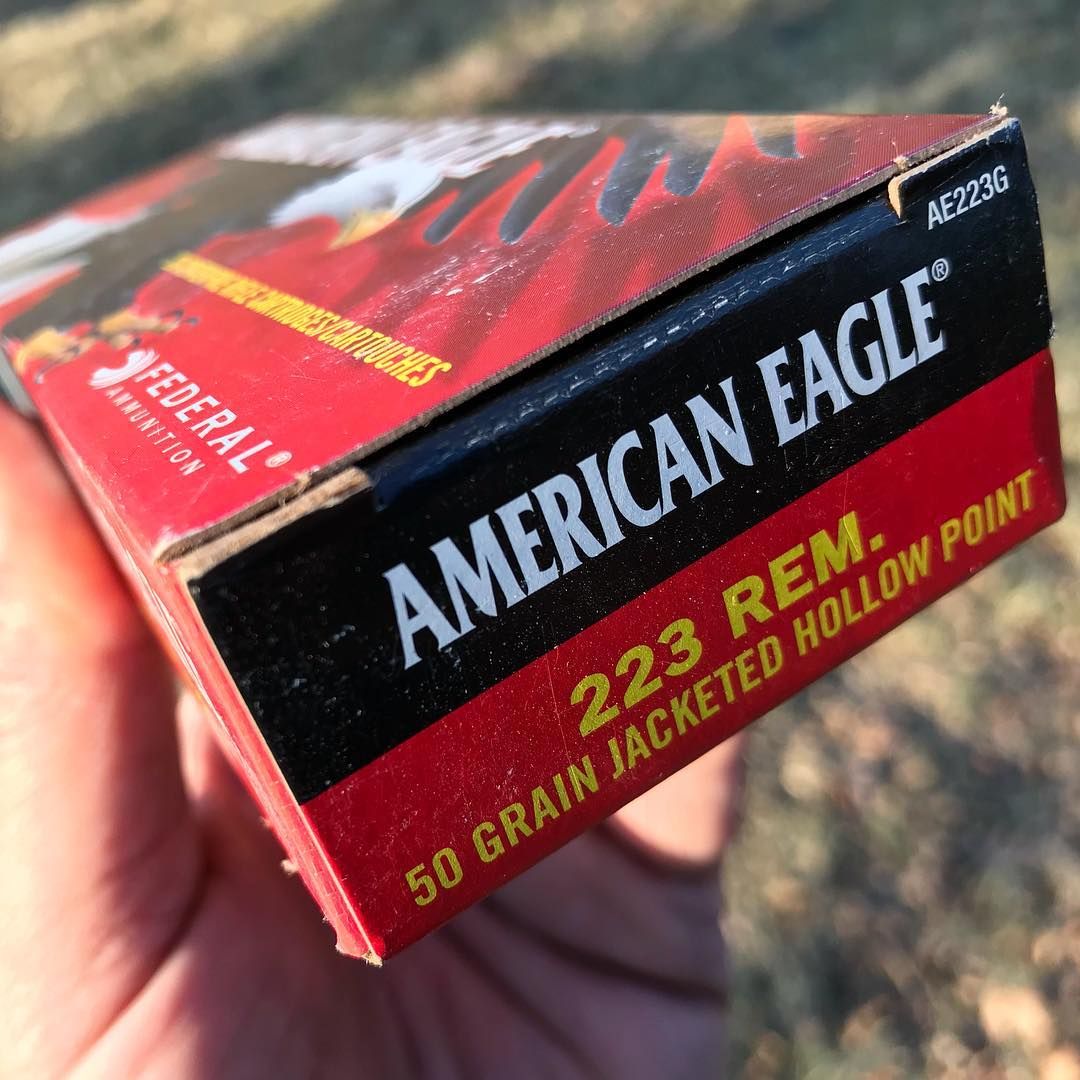
Also, from a reliability perspective, when it’s cold out, I tune my gas system so that if I put one round in the mag and I shoot it and it locks back, I know that my gas system is probably pretty close to being set up. I will then open it up slightly more just so it
Maintaining a Competition AR-15
Some of the other stuff that comes into play is simply just keeping the guns clean. Keeping a competition AR-15 maintained is really important. We shoot so many rounds in
Keeping the Competition AR-15 Bolt Carrier Cleaned and Lubricated
While consistent maintenance is crucial, I don’t want to necessarily clean the guns every night while I’m participating in a match. The lightest of the light bolt carriers are made of aluminum. I’ve found these aluminum bolt carriers typically take a little bit more to clean to keep them as reliable as possible. So, this year, I switched to a steel bolt carrier group. It’s still super light, but I can run it for two or three thousand rounds, just by dumping a little more oil in the upper receiver when I’m shooting it hard…versus only being able to run it 600 or 700 rounds with the aluminum carriers.
Q: I see shooters lubricating their guns between stages quite often. Just how important is that if you’re doing necessary maintenance the night before?
Lubrication is a critical piece of making sure the guns work well. When we’re shooting them hard and dumping 40-60 rounds in 15-20 seconds on a stage, most of us are running pretty thin oils. I run Lucas Oil. It’s pretty thin, so I’ll reapply a few times during the match.
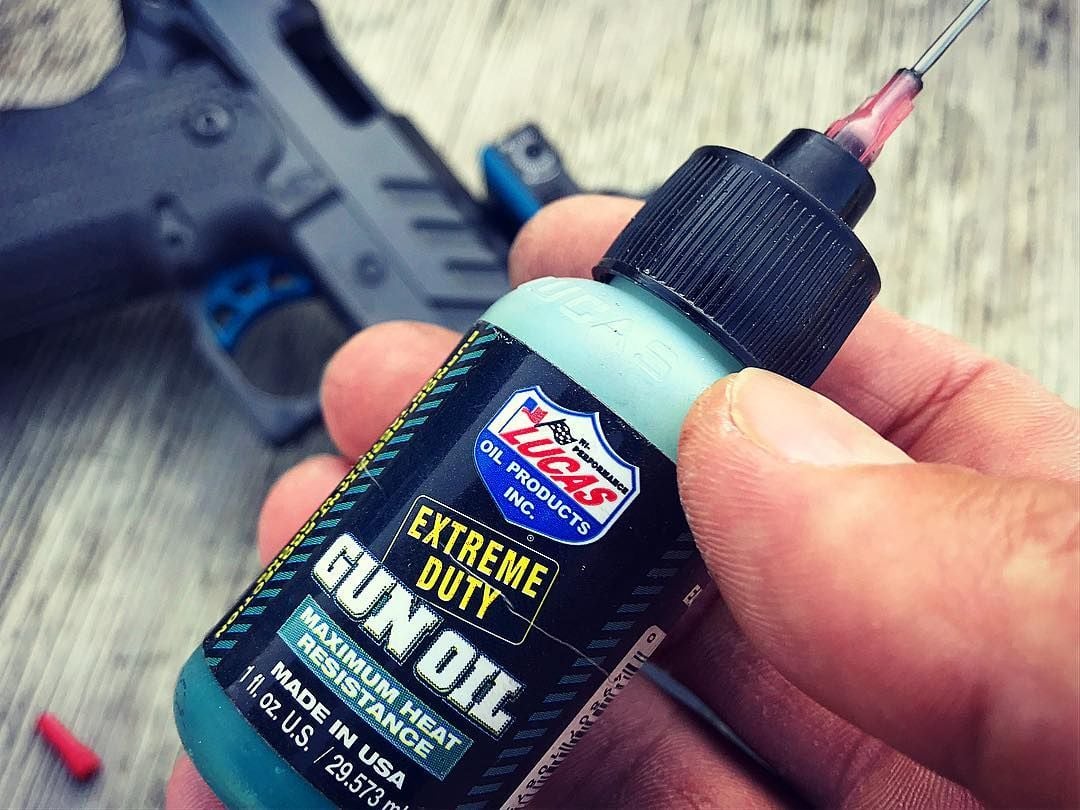
But really, the maintenance you do off-the-clock to make sure the guns work on-the-clock is what is most important. It takes me 30 seconds to pull a bolt carrier out, wipe it down, throw some new oil on it, and it guarantees me that on the next stage I step on to, I’m going to have a good stage.
Competition AR-15 – Keeping Debris Out
The other part to consider is simply keeping your dust cover closed while you’re out on the range. If you have your gun in a rack, depending on what oil you’re running, it can really collect dust, dirt and sand.
One of the mistakes I see guys do is leave their rifles out on the safety table. They don’t cover them up, and then the AR sounds like sandpaper when they rack it. That can lead to serious trouble. Proper lubrication and keeping it clean throughout the match is vital. And, if you notice, or if it feels slow, you for sure need to yank that carrier out, clean it up and re-lubricate and then get back to the match.
Q: Can you talk about what trigger you’d recommend for a competition AR-15?
Most of us run a single stage, super short, super light, trigger with a super short reset. There’s a large number of really good aftermarket single stage triggers out there. I think the single stage trigger is ideal because if you look at the actual amount of precision shooting we do in three-gun or competition outside of PRS, it is pretty low. So, that old two-stage trigger that a lot of guys grew up on with their hunting rifles does not make much sense.
We’re trying to throw double taps in fractions of a second…we’re getting off 6-7 shots a second, sometimes more. Some of these guys are crazy fast on the trigger. Having a single stage trigger that’s two pounds or less that breaks when you darn near blow on it, and there’s barely any travel is critical to getting those crazy fast double taps on a consistent basis.
Q: Are there other areas that we need to focus on for a competition AR-15?
We see guys have some trouble when they come with a traditional M4 that doesn’t have a free float handguard. They’ll come up on a barricade and lean in real hard, and wonder why they are missing stuff. Usually that’s a great opportunity to talk them through what’s going on after the stage, but they don’t get that stage time back. Free float handguards are critical. The longer the better. The less barrel exposed the better.
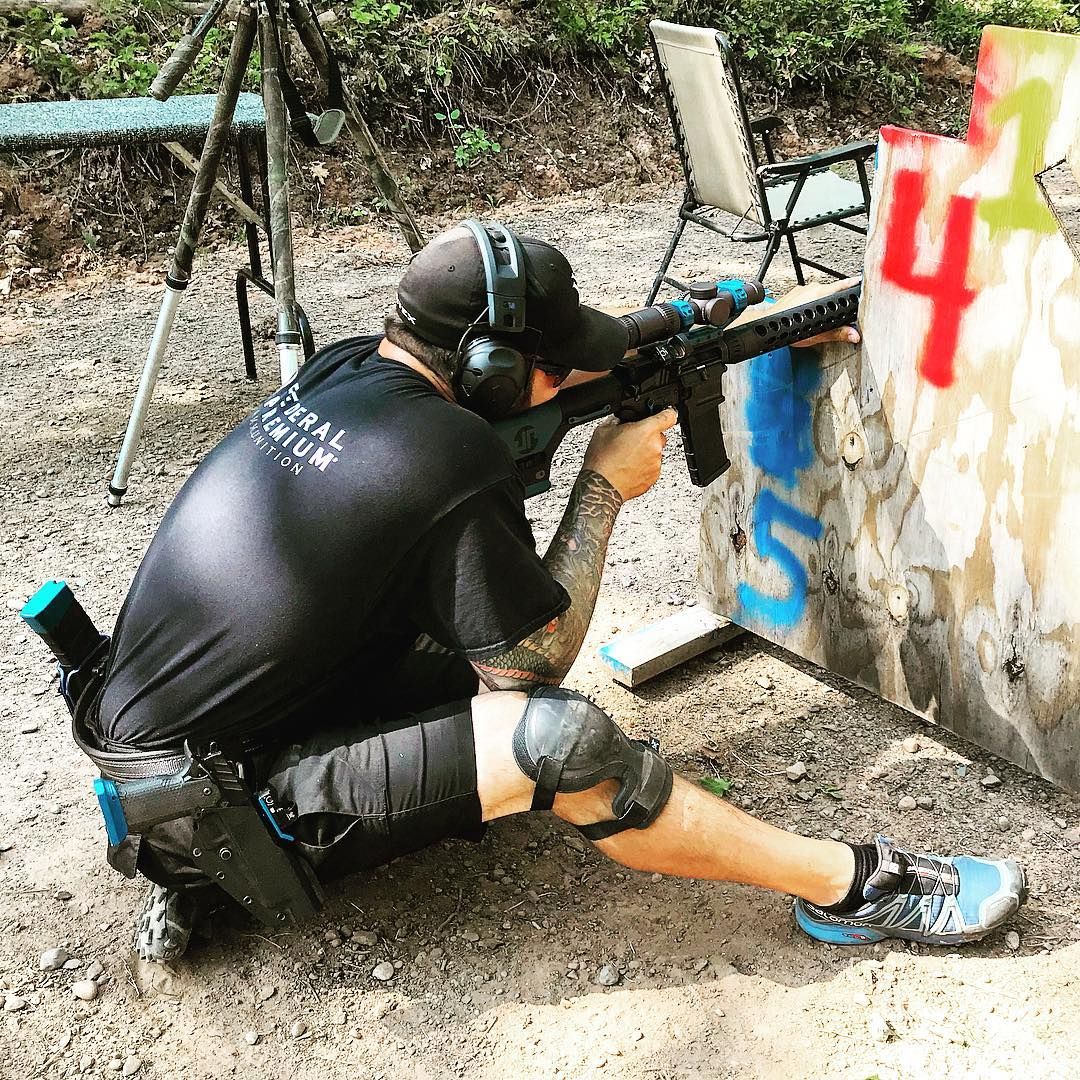
When you’re shooting off barricades or any kind of supported positions which includes running bipods, you’re putting pressure on the bottom end of the gun. If you don’t have a free float handguard, you are changing the harmonics. You’re changing that barrel so that when you’re shooting, you’re changing that point impact.
Part of the reason I run an 18” gun is we have all these crazy shooting positions that we will come up to in a match. If I run an 18” barrel, I can run a 16.5” handguard. This gives me a lot of surface area…it doesn’t impact the barrel if I am leaning on it, and it allows me to keep a consistent point of impact at distances out to 600 yards.
Q: Can we talk about about optics on a competition AR-15?
For 3-gun or midrange carbine matches, we’re pretty much all running “1 to something.” I currently run a 1-6 Vortex Razor HD Gen II with a JM reticle. That is perfect. It’s second focal plane so you need to know your holds. But it’s a scope you can really do well with. 1-6, 1-8 scopes are really popular, and then all of us in Open Division
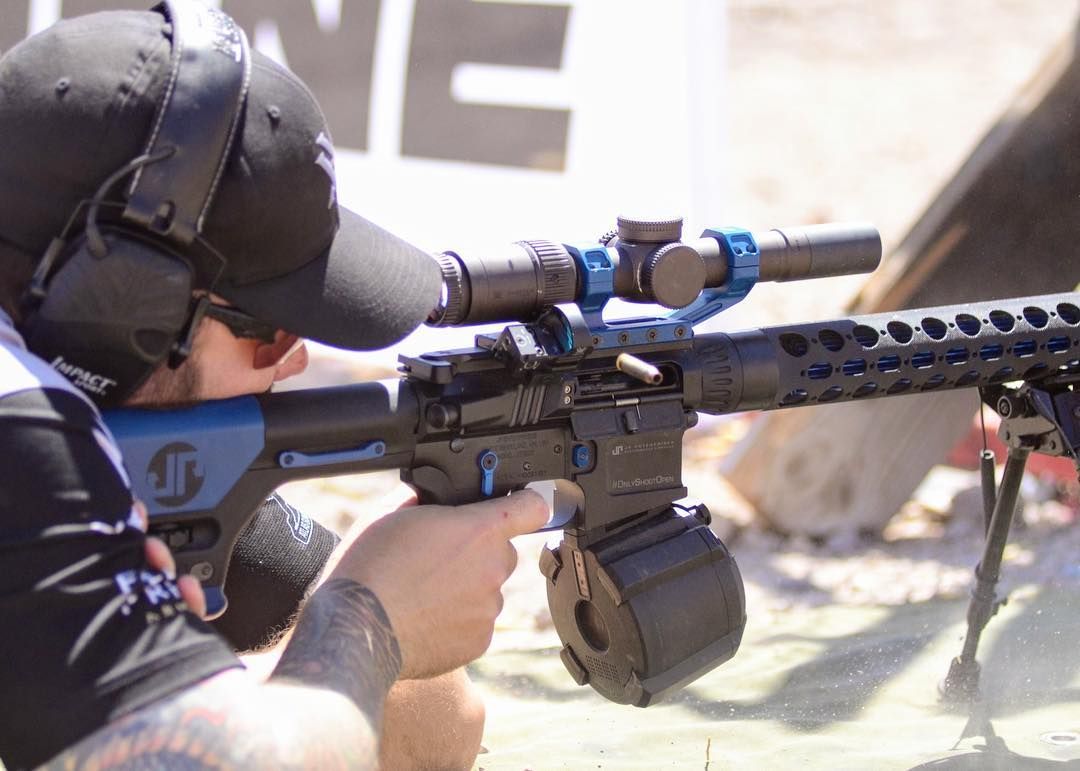
Q: I imagine you’ve seen a lot of different guns in competition. Do you see shooters with firearms other than AR-15s…if so, what?
If I do see it, they’re just playing around mostly. The top guys, if you were to look at the top ten in every division around the country, it’s an AR-15 rifle or an AR-10. One of the two. There are few that will come out and play with their AKs, but you don’t see it at the highest levels. I’ve also seen a SCAR or two, but it’s an AR-15’s world. The guns are built to go fast.
Q: Any personal insight you have on the AR-15’s dominance?
From my perspective, there are a few important things about the AR that make it dominant. When I choose a gun, it has to be reliable and it has to hit what it’s shooting at if I do my job.
You can take an AR-15 rifle and turn it into sub-half MOA with the right ammo and barrel. My gun is about a half-MOA gun. That’s terrific when you’re looking at a 600-yard target through your scope throwing a 73-grain projectile out there.
You can also tune them really well with the operating systems like a low mass carrier, buffer systems, gas blocks…you can do so much with them that they just shoot so crazy soft and flat.
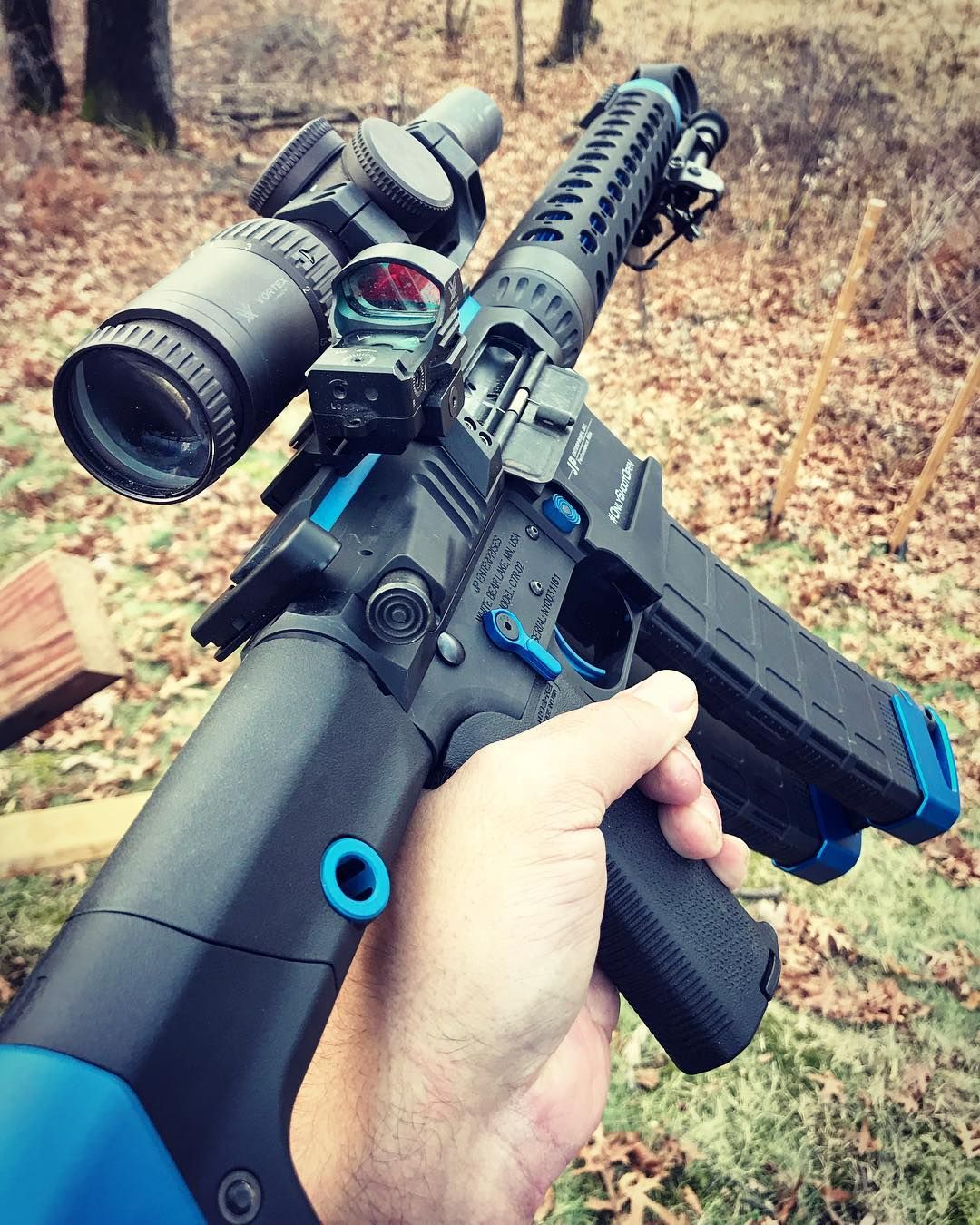
Magazine Superiority
In competition, it’s pretty critical to keep the gun loaded. The AR-15 magazine design is just so terrific. It’s easy to load. I can slam a new magazine in an AR-15 fast, versus some of the traditional rock-and-lock AK mags. The AR-15 magazine design is solid and really helped the platform get off the ground.
Finally, they’re hard to wear out. I have stuff wear out in the gun. I’ll swap a barrel or bolt here and there, but the guns, they just work. Everything combined just makes it such a great gun.
Thanks to Josh Froelich for talking to us today about the competition AR-15. For more information or to follow Josh, you can find him online on Instagram or here on Facebook.


